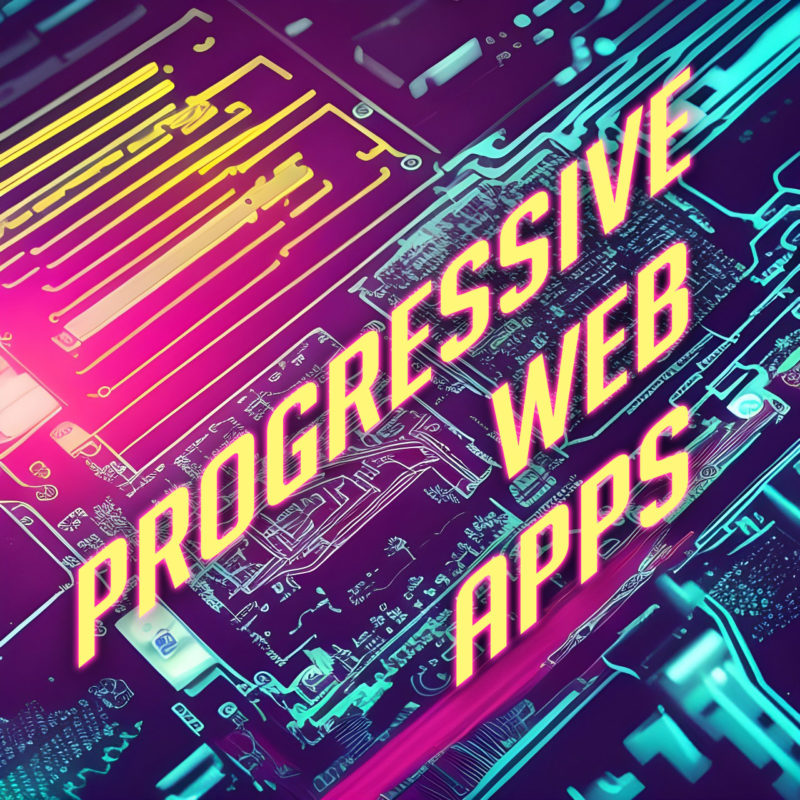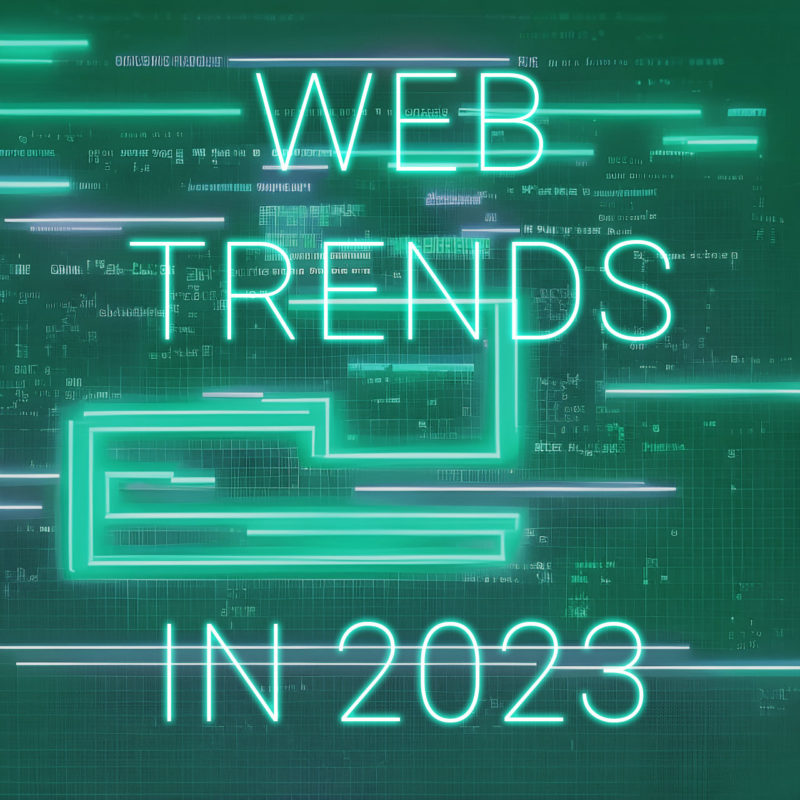
JavaScript is a powerful tool that can be used to add interactivity and dynamic functionality to web design. It is a programming language that is widely used in web development, and has become an essential tool for creating engaging, interactive websites. JavaScript can be used to create animations, add form validation, create responsive designs, and much more.
One of the most common uses of JavaScript in web design is for creating animations and effects. This can include scrolling effects, hover effects, and other dynamic animations that can make a website more visually appealing and engaging. JavaScript can also be used to create responsive designs that adjust to different screen sizes and orientations.
Another important use of JavaScript in web design is for form validation. JavaScript can be used to validate user input on web forms, ensuring that data is entered correctly and preventing errors that could cause frustration for users. This can include checking for required fields, validating email addresses and phone numbers, and ensuring that passwords meet certain requirements.
JavaScript can also be used to create interactive elements on a website, such as sliders, tabs, lightboxes, and other types of user interface elements. This can make it easier for users to navigate a website and find the information they need. JavaScript can even be used to build web apps, browser-based games, and other interactive experiences on a website, making it possible to create engaging and entertaining content that keeps users coming back.
Here are some additional tips for using JavaScript in web design:
- Use JavaScript sparingly. Too much JavaScript can slow down your website and make it less user-friendly.
- Use JavaScript to add value to your website. Don’t use JavaScript just for the sake of using it. Make sure that the JS you add is actually adding value to your website.
- Use progressive enhancement: Progressive enhancement is a technique that involves using JavaScript to add features to a web page, but not requiring it for the site to function properly. This ensures that users who do not have JavaScript enabled can still view and use the web page.
- Test your JavaScript thoroughly. Make sure that your code is working properly without any errors before you publish your website.
- Keep your JavaScript up-to-date. JavaScript is constantly evolving, so make sure that you are using the latest version of JavaScript.
- Use a JavaScript framework. A JavaScript framework is a collection of pre-written code that can help you to create interactive web pages more quickly and easily. Some popular JavaScript frameworks include jQuery, React, Angular, and Vue.
- Document your JavaScript with instructional comments. This will make it easier for you to maintain your code in the future.
Overall, JavaScript is an incredibly versatile tool that can be used in many different ways in web design. Whether you’re looking to create animations, add form validation, or create interactive elements, JavaScript can help you achieve your goals and create websites that are engaging, interactive, and easy to use. With its broad range of capabilities, it’s no wonder that JavaScript has become such an essential part of modern web design.


